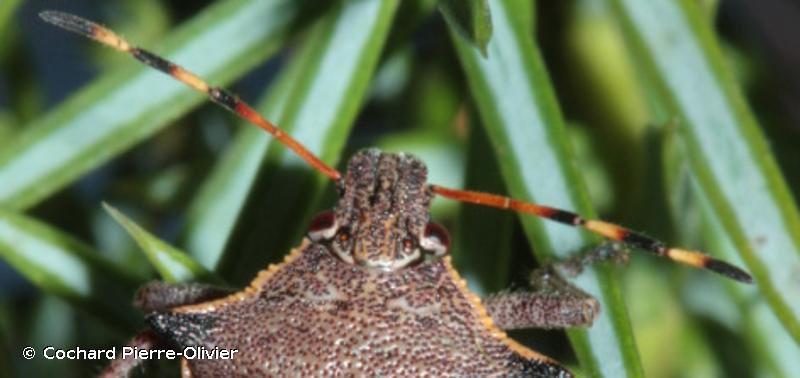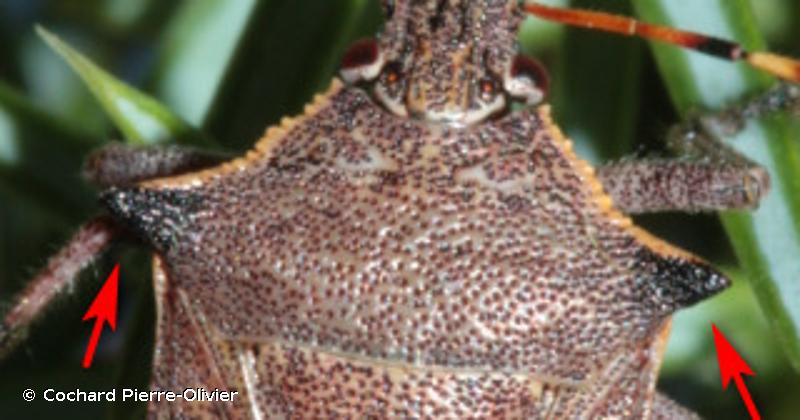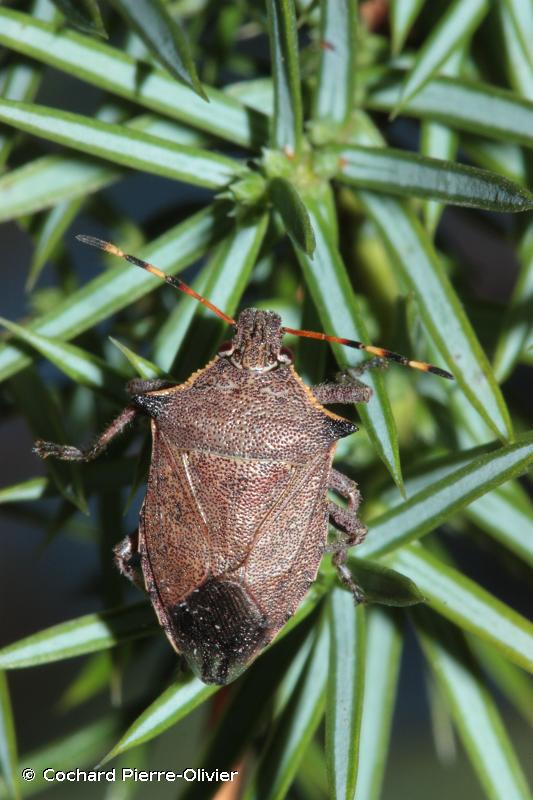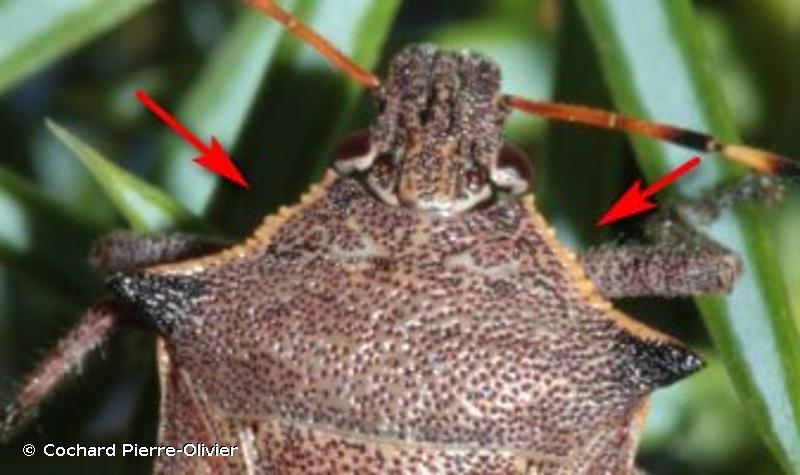
cd_nom

| Author : Cochard Pierre-Olivier |
 |
Despite the Creative Commons license, please inform the author of the use which will be made of his photo

| Author : Cochard Pierre-Olivier |
 |
Despite the Creative Commons license, please inform the author of the use which will be made of his photo

| Author : Cochard Pierre-Olivier |
 |
Any reuse of one or more photographs on this site is subject to an authorization request from the author.
Link to the Code of Intellectual Property (Legifrance)

| Author : Cochard Pierre-Olivier |
 |
Despite the Creative Commons license, please inform the author of the use which will be made of his photo

| Author : anonyme 26428 |
 |
To get the picture, please visit:
anonyme 26428
email: inpn@mnhn.fr
Observation partagée via l'application INPN Espèces
Any reuse of one or more photographs on this site is subject to an authorization request from the author.
Link to the Code of Intellectual Property (Legifrance)

| Author : Cochard Pierre-Olivier |
 |
Despite the Creative Commons license, please inform the author of the use which will be made of his photo

| Author : Cochard Pierre-Olivier |
 |
Despite the Creative Commons license, please inform the author of the use which will be made of his photo
Taille : 11 – 13 mm
Diagnose :
Punaise allongée de couleur marron grisâtre, au scutellum triangulaire. Angles huméraux du pronotum pointus et saillants dépassant les bords du corps. Elle possède un rostre épais capable de se diriger vers l'avant de la tête car c'est une espèce prédatrice d'insectes. Cela se traduit par une tête relativement plus large et des joues (jugas) larges dépassant le nez (clypéus) vers l'avant. Antennes avec les articles III, IV et V bicolores. Bords latéraux antérieurs du pronotum denticulés et soulignés d'une ligne rougeâtre. Pattes de la même couleur que le corps, et fémurs avant munis d'une dent sur leur face inférieure.
Détermination : Simple.
Espèces proches :
Elle peut être confondue avec Picromerus bidens, mais s'en distingue par ses antennes marquées par 3 anneaux noirs sur les articles III, IV et V.
Période d'observation :
Mars à septembre, avec un peu plus d'observations en juillet et septembre.
Biologie-éthologie :
Elle vit au milieu de buissons touffus de genévriers, ronces, genêts, lierres, chêne vert. C'est un prédateur vorace de larves d'insectes à déplacement lent et cuticule molle, comme les larves de lépidoptères et de coléoptères.
Biogéographie et écologie :
Espèce méditerranéo-atlantique présente jusqu'à 47° de latitude nord. Elle est signalée en Espagne, au Maghreb, Italie, Suisse, Balkans, Turquie. Elle est relativement commune dans le sud, jusqu'à 900 m d'altitude, mais se raréfie beaucoup à l'ouest sur le littoral atlantique et au sud-ouest. On la trouve dans les garrigues ouvertes, les lisières des chênaies et des pinèdes, les bords des cultures et des friches bien drainées, ensoleillées et sèches.
Roland Lupoli (),2020
Continental
Metropolitan France
Overseas
Marine
Metropolitan France
Overseas
The map presents a summary at the 10 x 10 km grid of the observation data for the species transmitted to the SINP. These data have been subjected to validation filters.
The map presents a reference distribution layer of the species at the scale of departments and marine sectors. The presence and absence data were established by expertise within a network of partners. This reference distribution is used in the validation process of the SINP data at the INPN level.
Corresponds to a report on the basis of at least one observation proved within a period of 10 years (20 years for little-known invertebrates) preceding the year and no presumption of extinction since obtaining the last data nor doubt on reproductive and implemented nature of this population. For migratory species, the presence indicated concerns areas of reproduction.
This status is based on one or more of the following criteria:
This point covers the absence, more difficult by nature to demonstrate than presence. This status is based on one or more of the following criteria:
This status must be assigned to a department in which the presence of the species is casual.
Particular case of absence due to a proven extinction less than a half century ago (older disappearances are treated as "no probable or definite").
In the state of knowledge, we can not comment on the presence or absence in the current department. This is the default status when not comprised in one of the previous categories or whenever there is doubt.
The map shows the global distribution of the species based on GBIF data (Global Biodiversity Information Facility).
